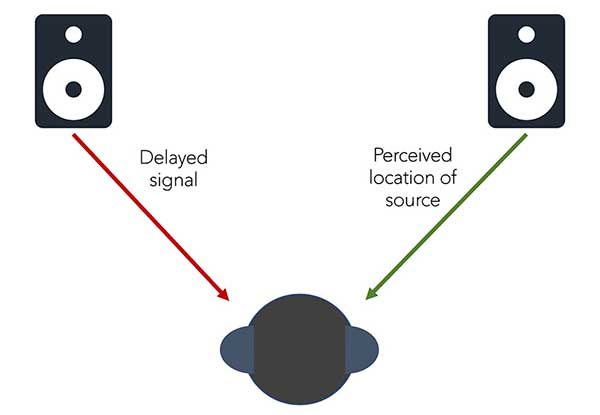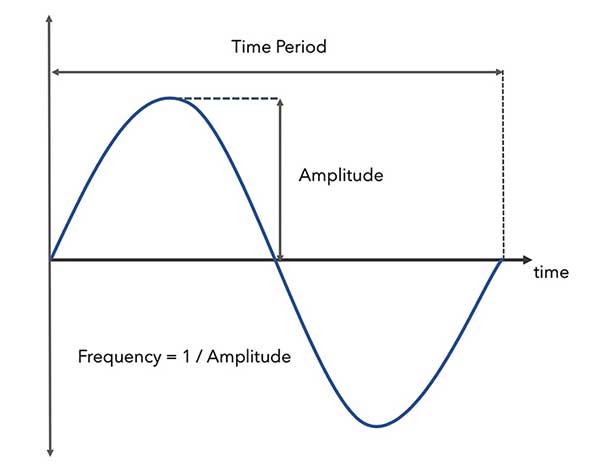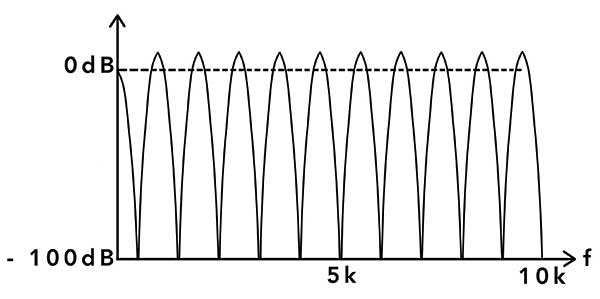Acoustic and Audio System Design for Small Rooms - Part 1
By - Rahul Sharma, CEO, Menura Acoustic Labs In collaboration with Sound Wizard

Acoustic and audio system design for a “small room” can be extremely challenging, especially for critical listening applications like control rooms and reference home cinemas. It is vital to understand the relationship between system design and acoustics, and to accept that neither aspect can be designed in isolation without considering the needs and requirements of the other. In this six part educational series, we will outline many important “small room” design considerations and along the way demonstrate how to effectively tackle common acoustical and system design problems
Small Rooms
Let us start by defining a “small” room, firstly so that you aren’t utterly disappointed at the end of the series, and secondly because understanding the distinction between small and large rooms is the key to digesting the completely different design approaches to both. In an attempt to keep theory to a minimum, lets just say that small rooms are those where the room boundaries are close enough to create modal issues in the lower frequencies. Extensive low frequency absorption is usually required, and since the first reflections of sound from room boundaries reach the listener extremely quickly, a great deal of care must be taken to prevent early reflections from colouring the direct signal. As a rule of thumb, a room whose largest dimension is under 20m or 65 ft can be considered to be a small room
In the first part of this series, we will focus on three basic acoustic and psychoacoustic phenomena whose understanding are critical to effective design; the Haas effect, comb filtering and phase shift.

Fig.1: The Haas Effect
Haas Effect
The simplest way to describe the Haas effect is through its other name, the precedence effect. If two sources of sound are separated in arrival time by less than approximately 40ms, they are perceived as one. Because of this, both sounds also appear to come from the same location, which ends up being the physical location from which the first sound reaches your ears. Because of this powerful psychoacoustic phenomenon, your brain locks into this physical location, and it then becomes very difficult for your brain to reset and convince itself that there are in fact two separate sources of sound in different locations.
Either the level of one has to be reduced significantly, or it has to be delayed by over 40ms. The implication of the Haas effect in small rooms is straight forward; your brain is unable to separate the direct signal from early reflections because the arrival times are too close together! Why is this bad? The short answer is comb filtering, but the concept of phase shift needs to be understood before we openthat can of worms.

Fig.2: Amplitude, Time Period and Frequency of a Wave
Phase Shift and Comb Filtering
As audio professionals, most of us are aware that every audible (and inaudibile) frequency has a corresponding wavelength. The time period defines the time it takes for one complete oscillation over that wavelength. While most audio signals are complex and never resemble a sine wave, we will still use one to illustrate our concept.
In the image below, two audio signals with the same amplitude (level), frequency response and wavelength BUT different arrival times have been added. Because of the different arrival times, the combination of constructive and destructive interference results in the “combing” you see in the image below. As you can imagine, this is not a desirable result.

Fig.3: Combing
The time delay created a phase shift in the wave, which combined with the original signal. Thanks to the Haas effect, this is the resultant wave we hear in a room. We sometimes mistakenly attribute the resultant wave to the audio system alone, when in fact it is a combination of the room and source. The colouration affects the spectral content of the sound waves, which goes against the main design goal of any listening space – transparency. The solution is to create a reflection-free zone, both through acoustic treatment and/or angling the walls of the listening room. Stay tuned as we dive deeper into acoustic and audio system design considerations for “small” rooms!
www.menuralabs.com
info@menuralabs.com